When we talk about the Beetle, the image that comes to mind is of a compact, reliable and affordable car. However, some variants of the model have transcended their popular origins and become true automotive gems. One of these examples is the Volkswagen Typ 14A Hebmüller Cabriolet, a vehicle so rare that its value exceeds R$ 1.2 million, depending on the state of conservation. And it is no wonder: this version is known as the “two-front Beetle” and has a fascinating history.
The Historical Context of the Volkswagen Typ 14A
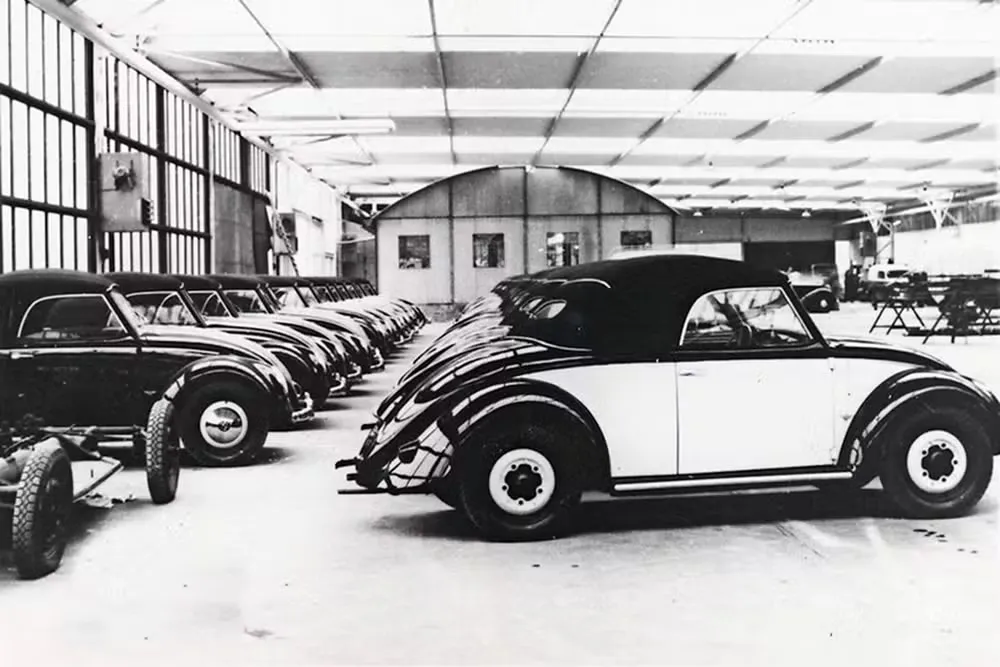
After the devastation of the World War II, Germany was facing a period of reconstruction. The automotive industry, like other sectors, was looking for ways to get back on its feet. It was in this scenario that Volkswagen, then recently nationalized, decided to diversify its product line. The objective was clear: to make the most of the platform Type 1, the Beetle, creating variants that could attract different audiences.
One of these variants was the Typ 14A, developed in partnership with the coachbuilder Hebmüller, located in Wuppertal, Germany. Hebmüller was already known for its expertise in producing convertibles and was given the task of creating a two-seater sports model based on the Beetle.
An Innovative Project
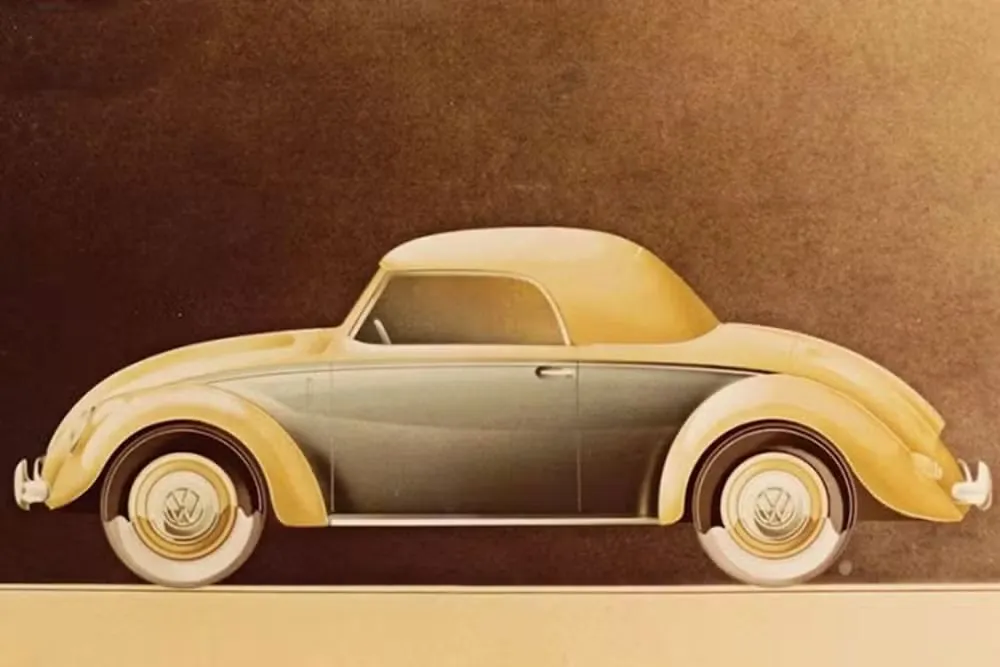
The Typ 14A was based on a prototype called Radclyffe Roadster, built for a German army officer in 1946. The version completed by Hebmüller featured striking elements, such as the symmetrical design that made the car appear to have two fronts. This was the result of a cost-saving strategy: the rear hood was molded from the front hood, while the rear fenders were inspired by the front ones. Although these parts were similar, they were not interchangeable.
Furthermore, the mechanics were the same as beetle conventional of the time: an engine four-cylinder boxer, air-cooled, with 26 hp of power. The hood, one of the highlights of the model, was completely retractable, giving it an elegant and sporty aesthetic.
Difficulties in Production
Production of the Typ 14A began in June 1949. However, a devastating fire at the Hebmüller factory just one month after production began severely hampered the project. With no insurance to cover the losses, the company faced financial difficulties that limited production to just 696 units until 1952. This made the model one of the rarest in Volkswagen history.
The Rarity of the Hebmüller Cabriolet
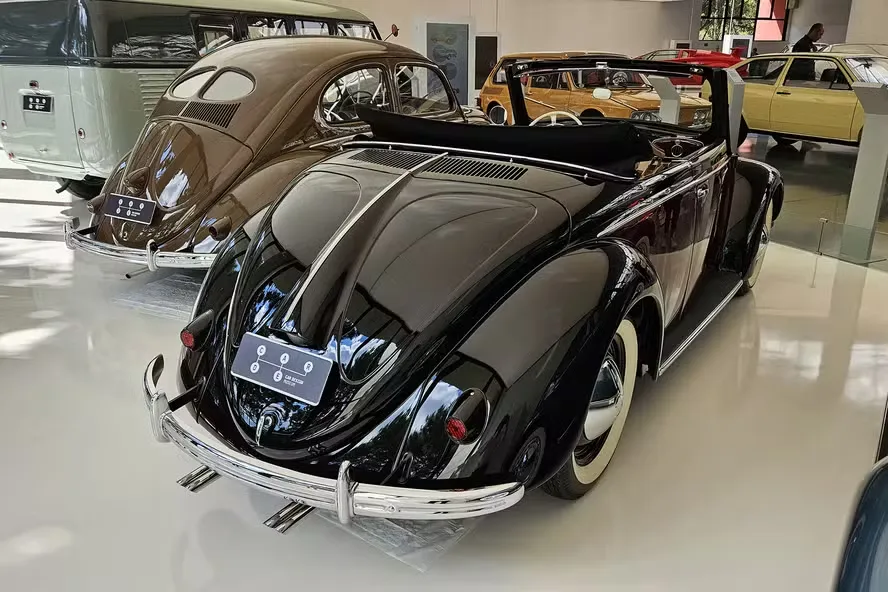
It is estimated that only 100 copies of the Typ 14A have survived to the present day, many of them in private collections or museums. In Brazil, one of these models can be found at Card Museum, in Campos do Jordão (SP), where it is displayed in perfect condition. The presence of this vehicle in national territory is a testament to its exclusivity and historical importance.
Market value
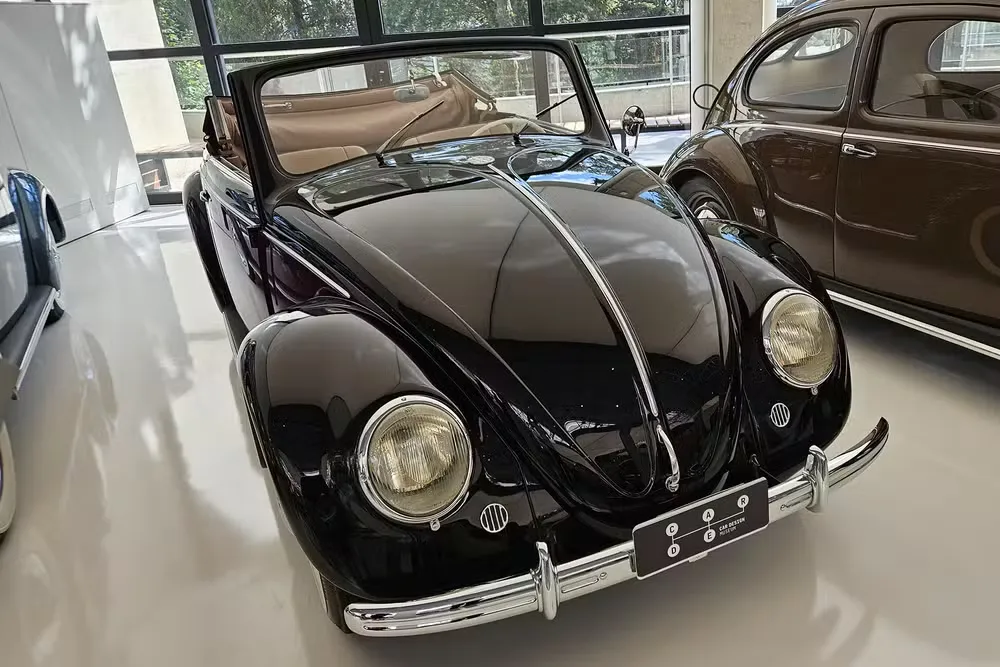
Due to its rarity, any Typ 14A that is put up for sale fetches exorbitant prices. Currently, the value of a single example can exceed US$ 200 thousand, which is equivalent to about R$ 1.2 million. This price reflects not only the exclusivity of the model, but also its appeal among classic car collectors.
Conclusion
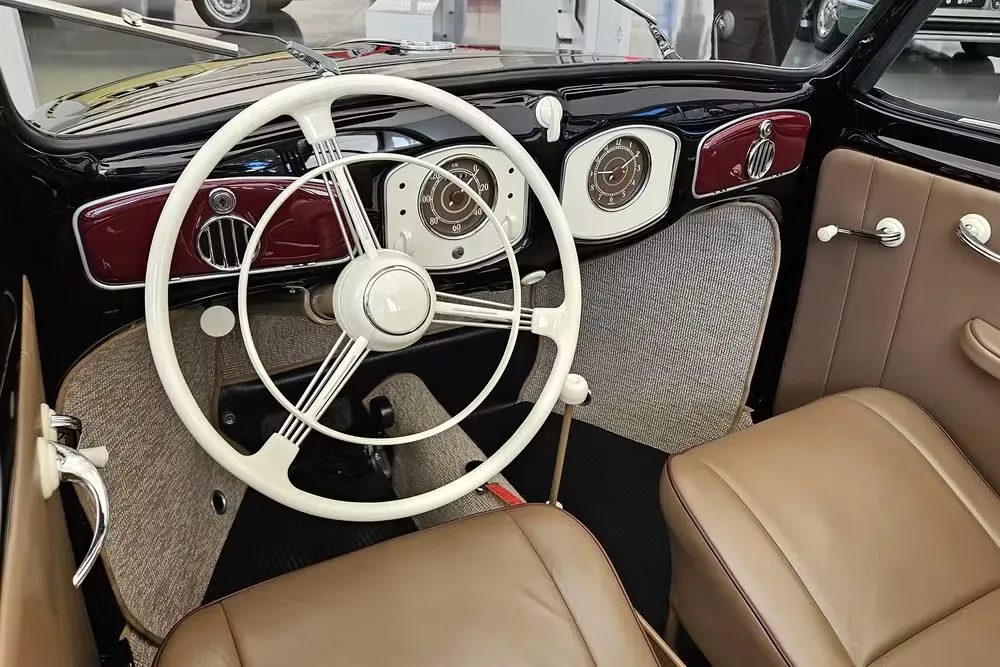
Knowing the history of Volkswagen Typ 14A Hebmüller Cabriolet, it is clear that this is not just a car, but a symbol of a remarkable period in the automotive industry and in Germany itself. Its rarity and unique design place it in a special position, being one of the most desired Beetles in the world.
If you have the opportunity to visit the Card Museum and seeing the “two-fronted Beetle” up close will certainly be an unforgettable experience. After all, it’s not every day that you come across such a fascinating piece of automotive history, especially one that’s worth more than R$ 1 million.









